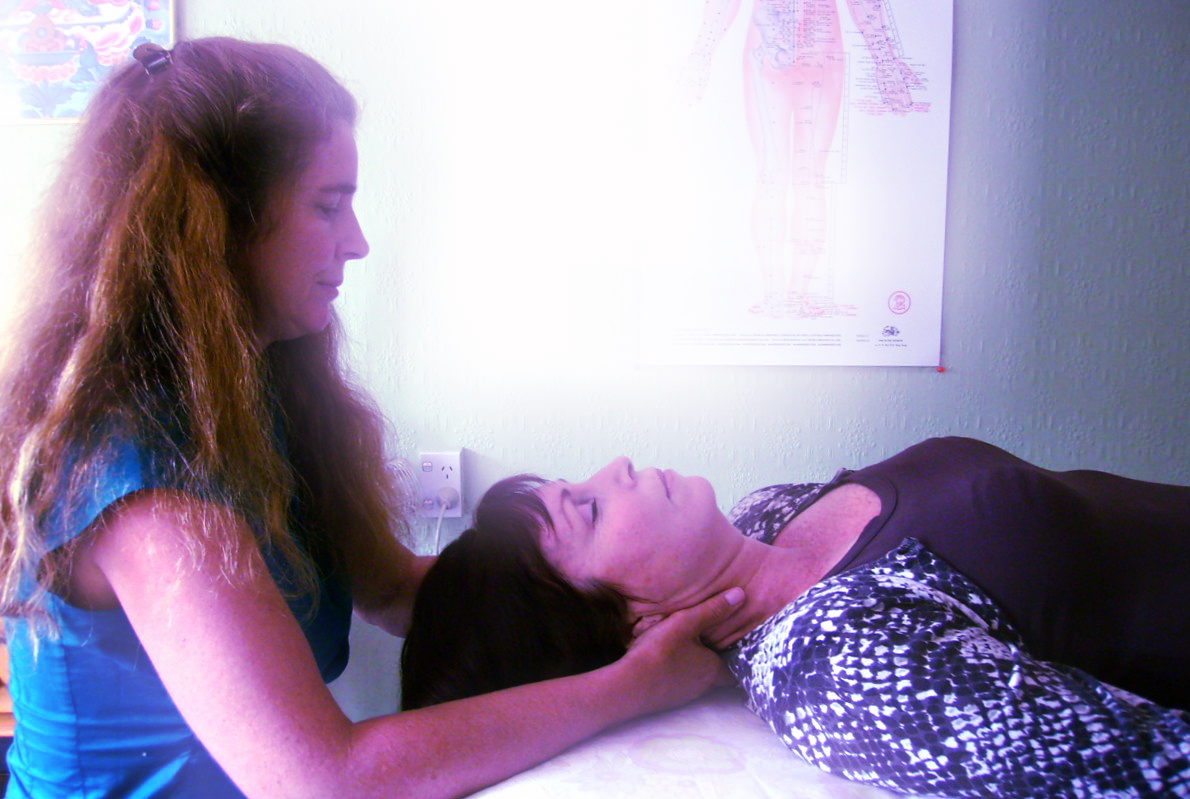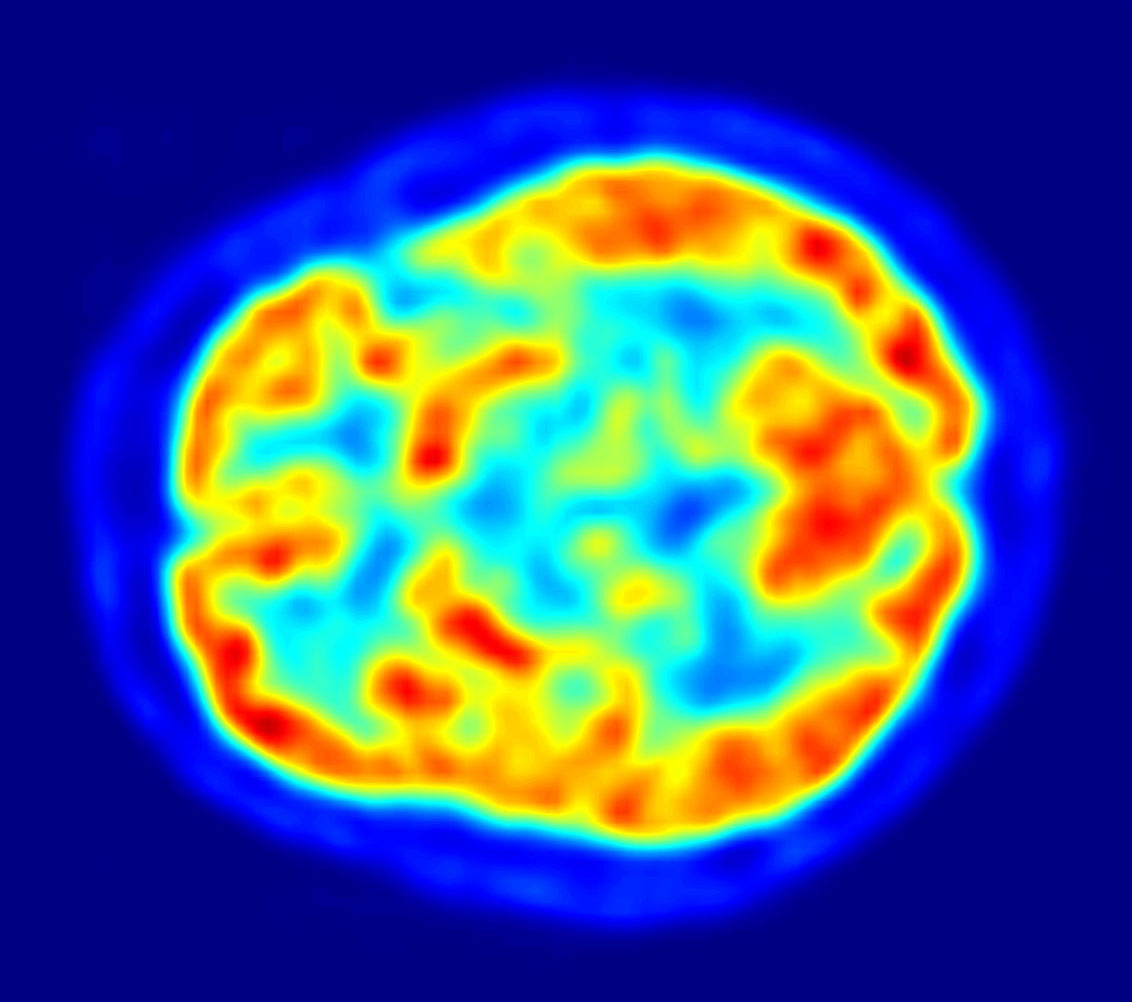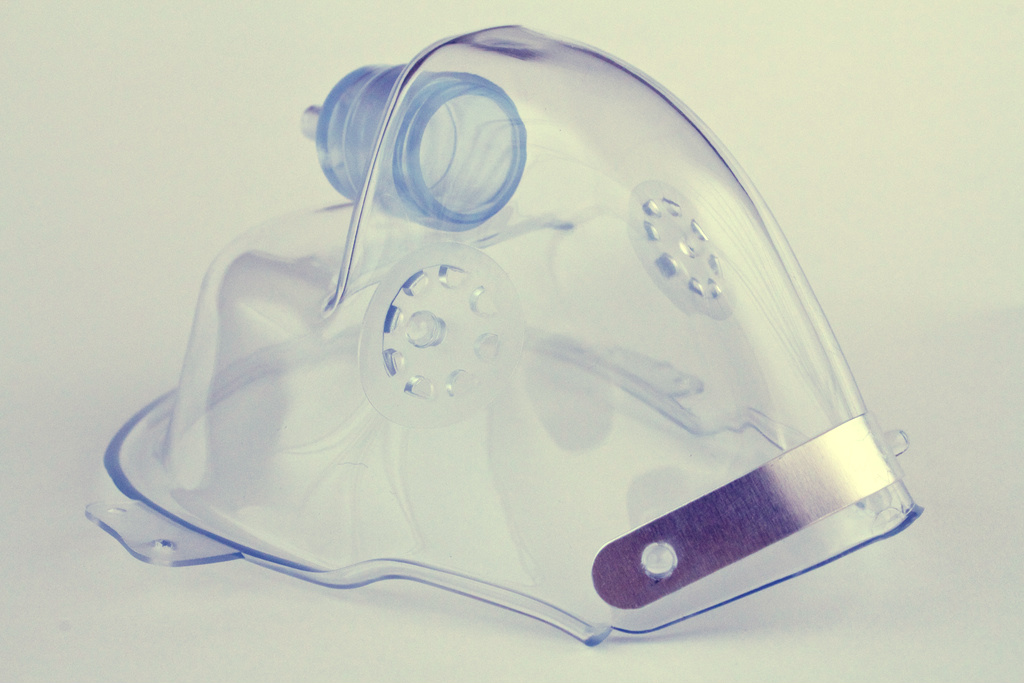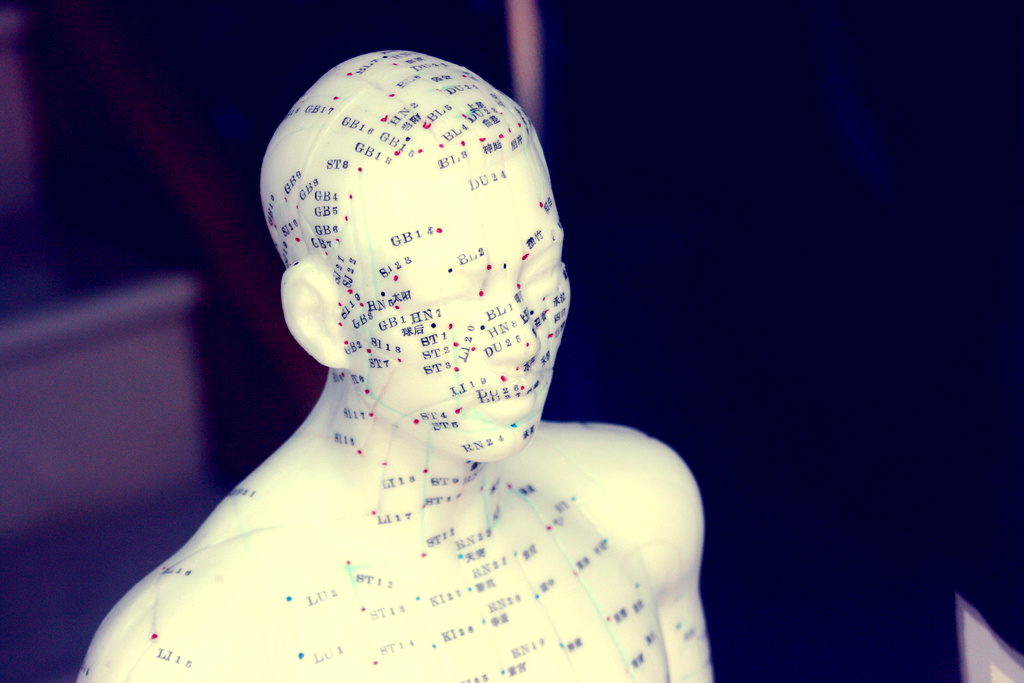As the most prevalent neurological disorder in the U.S., migraine episodes currently affect more than 37-million individuals. Of that total, nearly 14-million are the unfortunate sufferers of chronic or daily attacks that can include intense throbbing pain, visual disturbances, nausea and vomiting.
Continue reading “Migraine Treatment: Craniosacral Therapy for Migraines”










